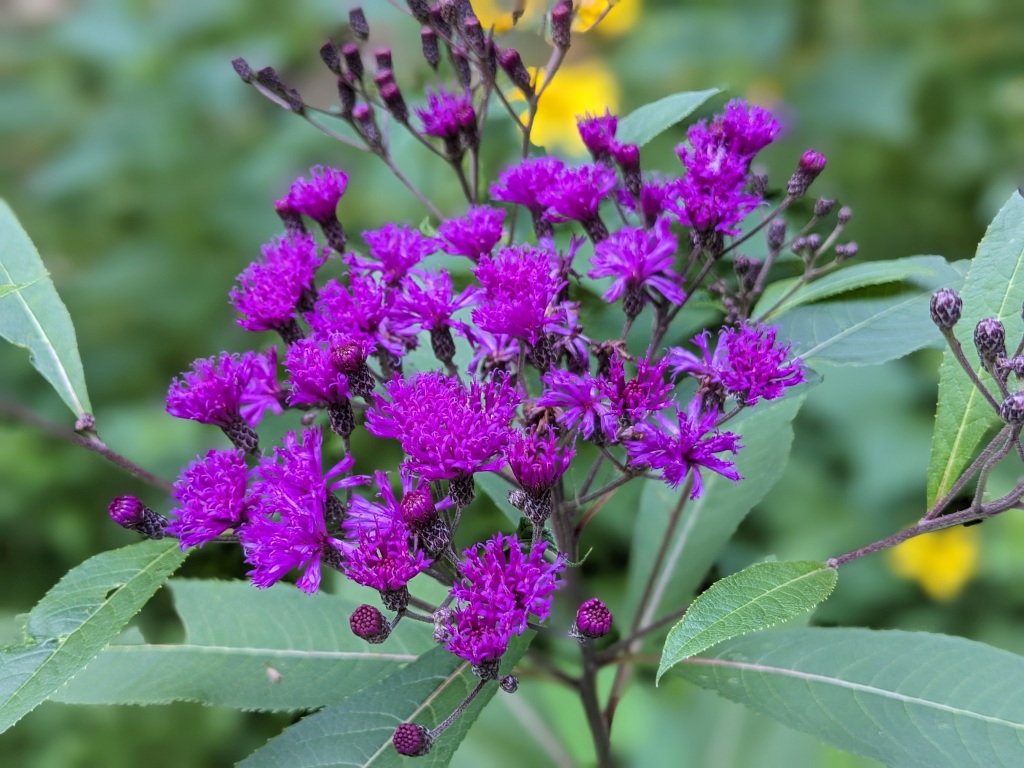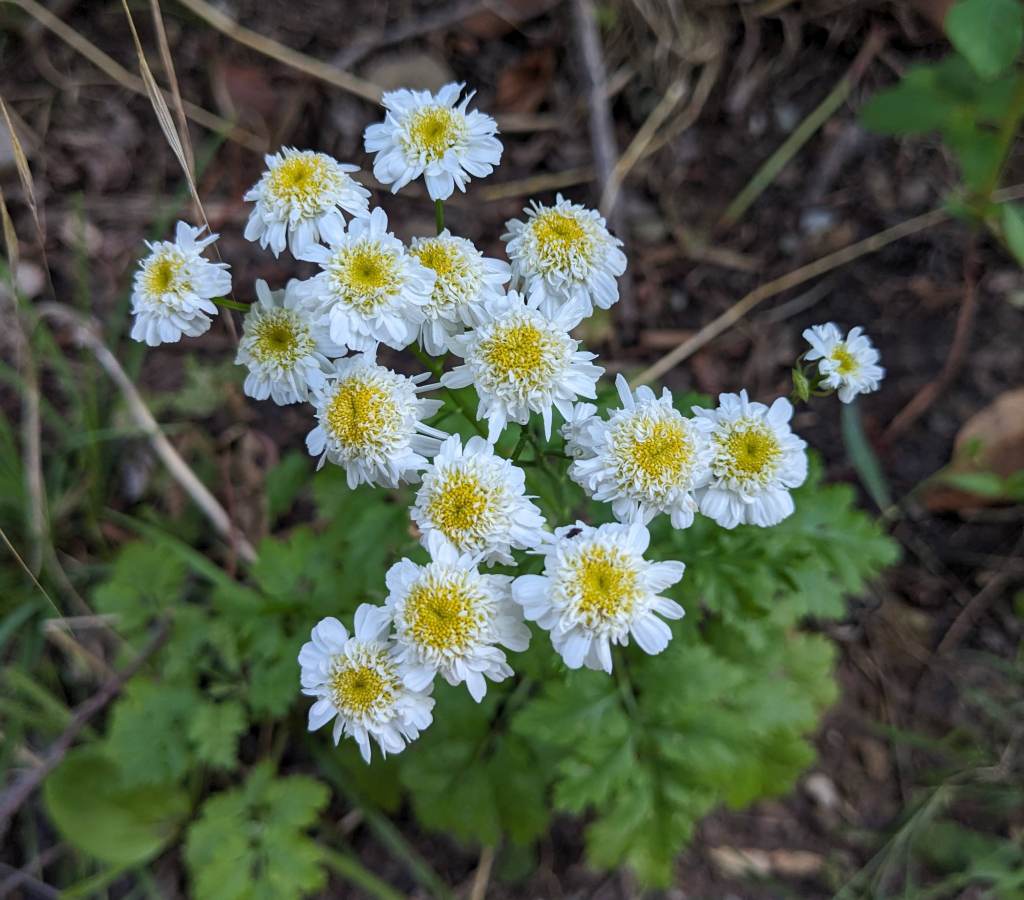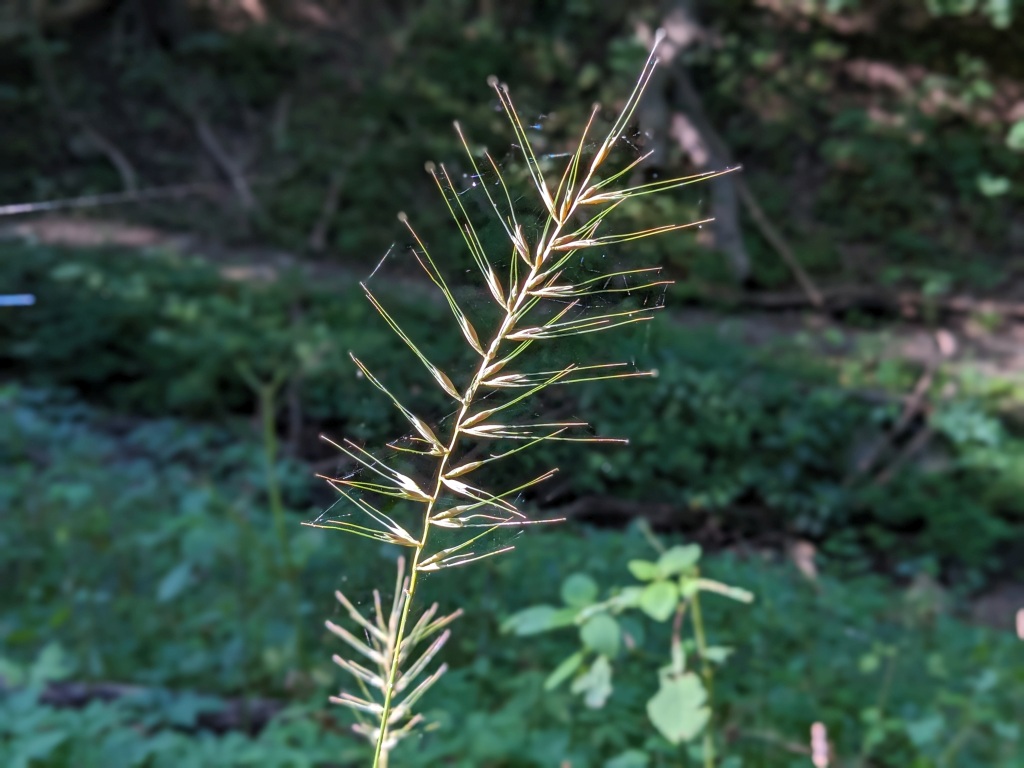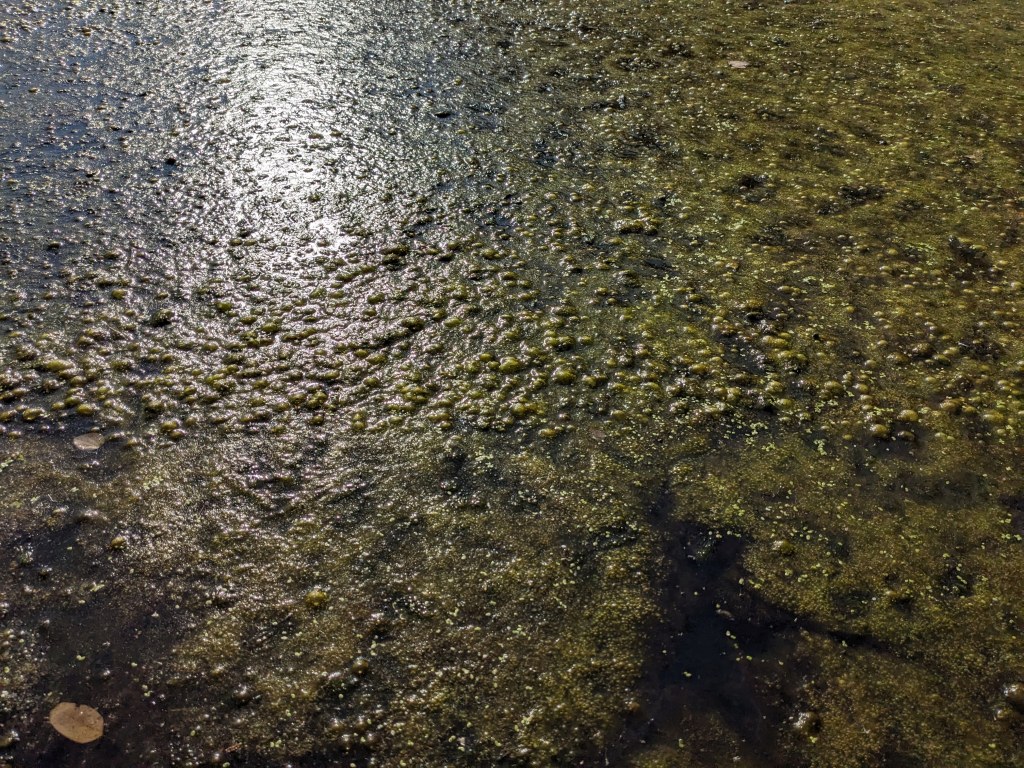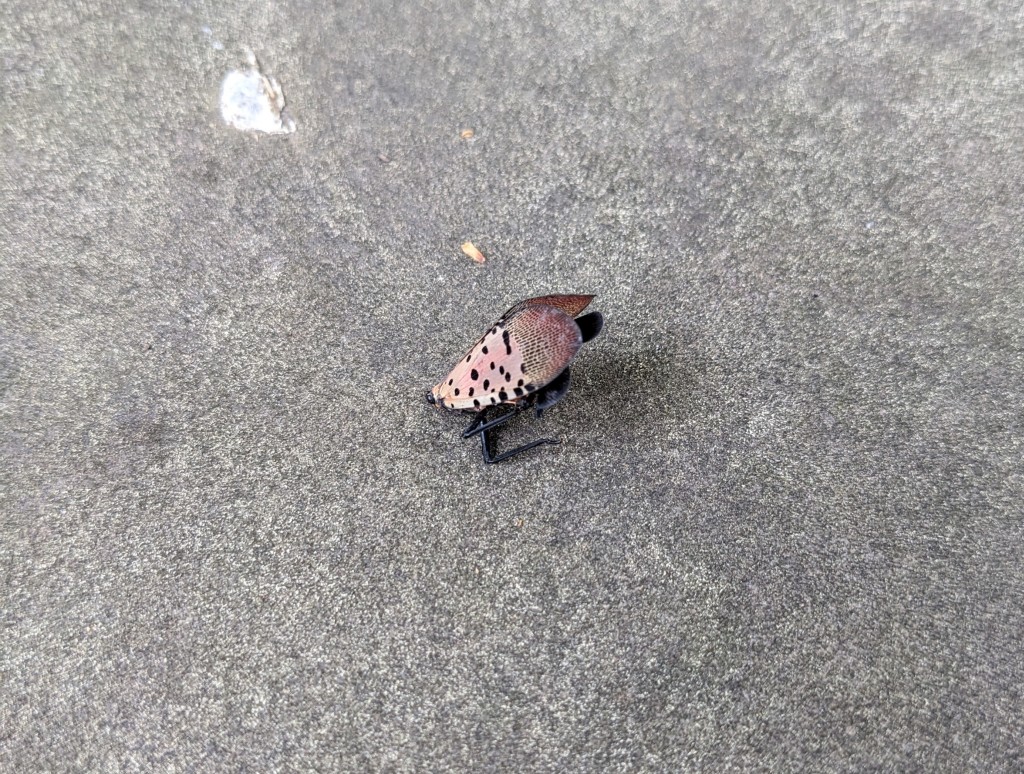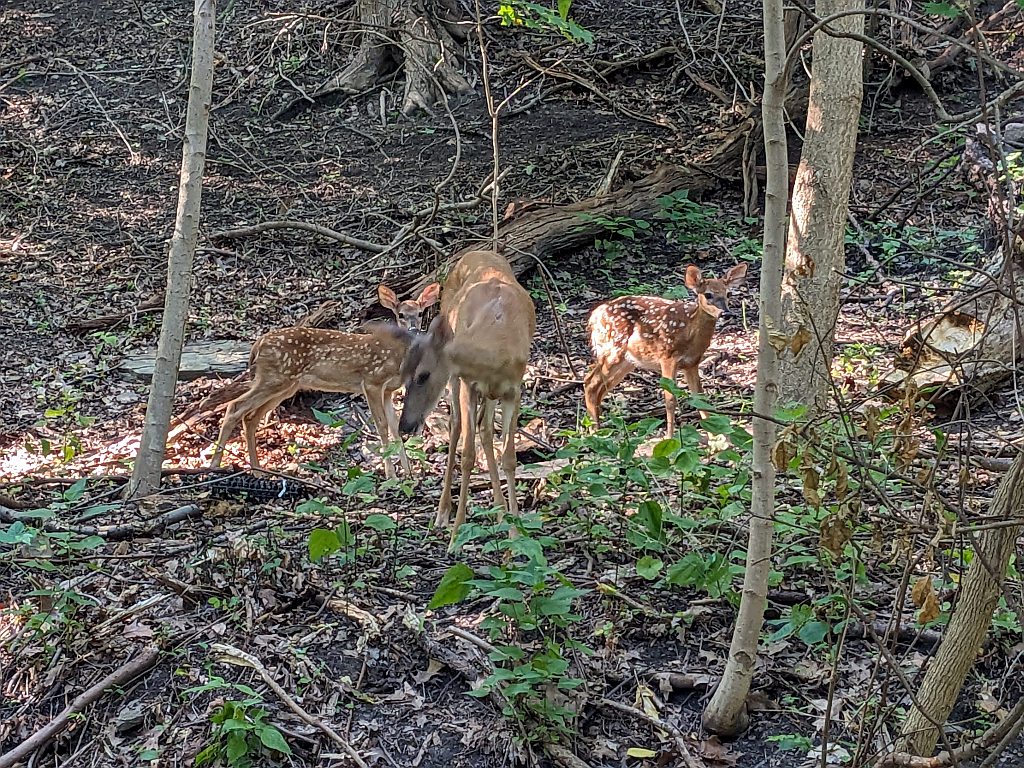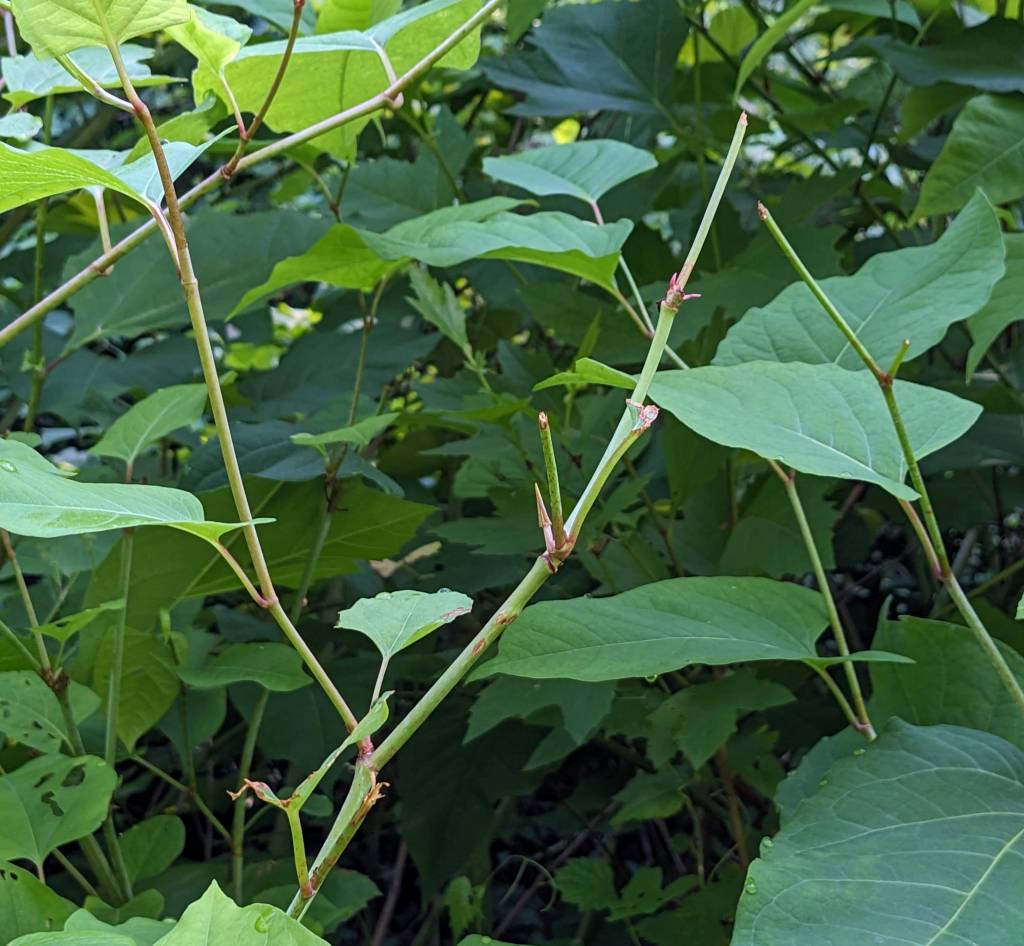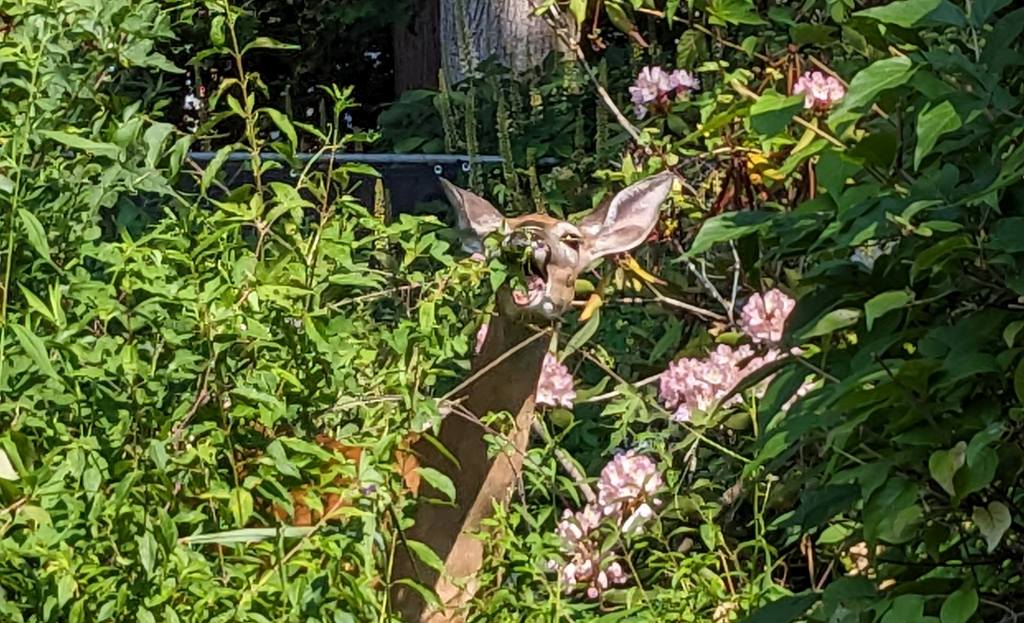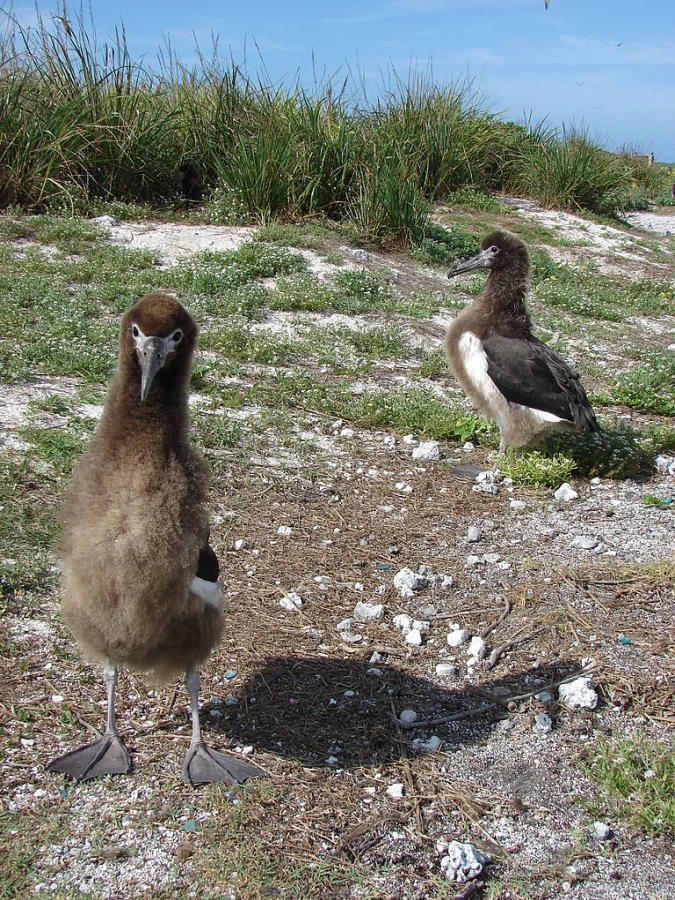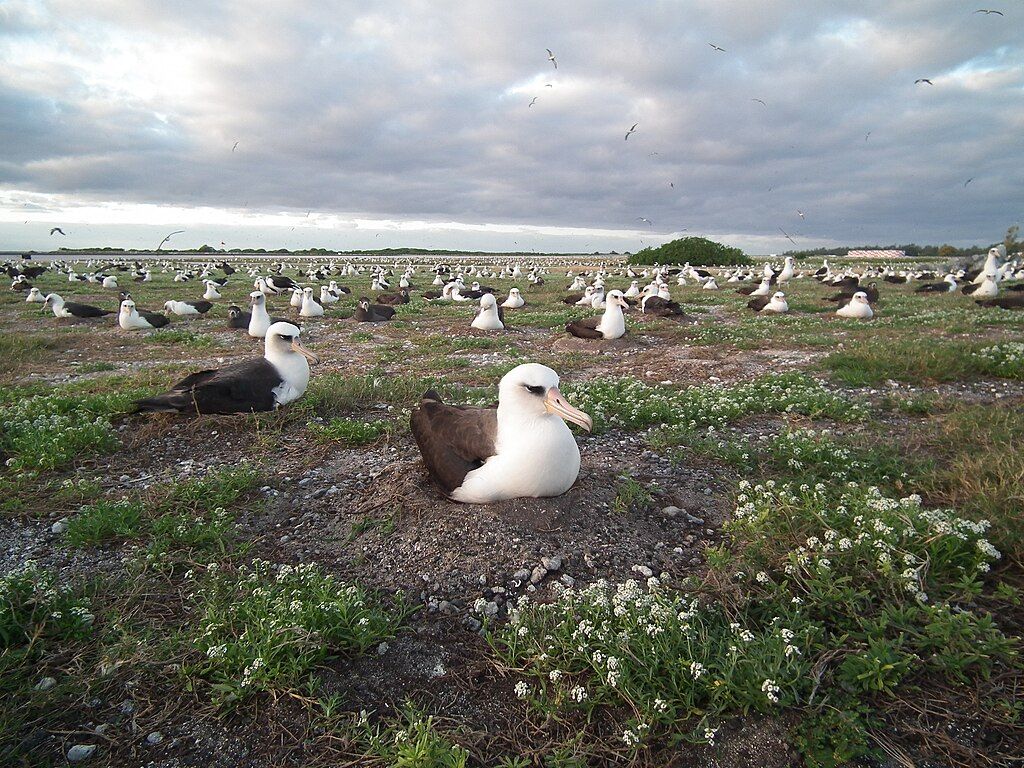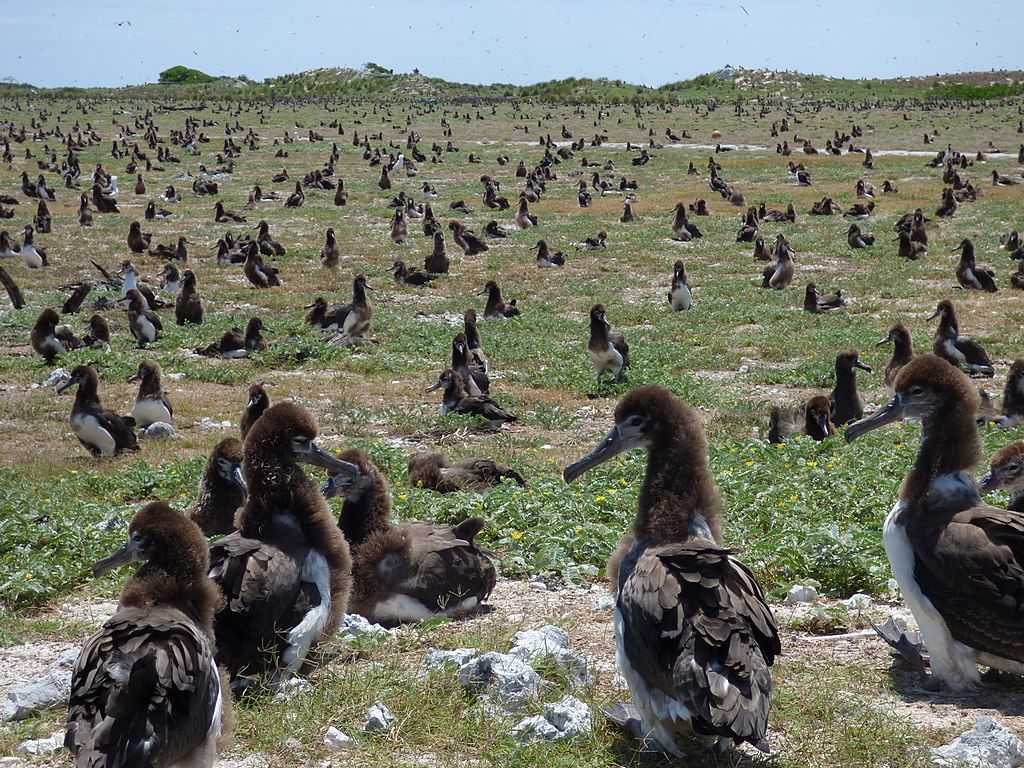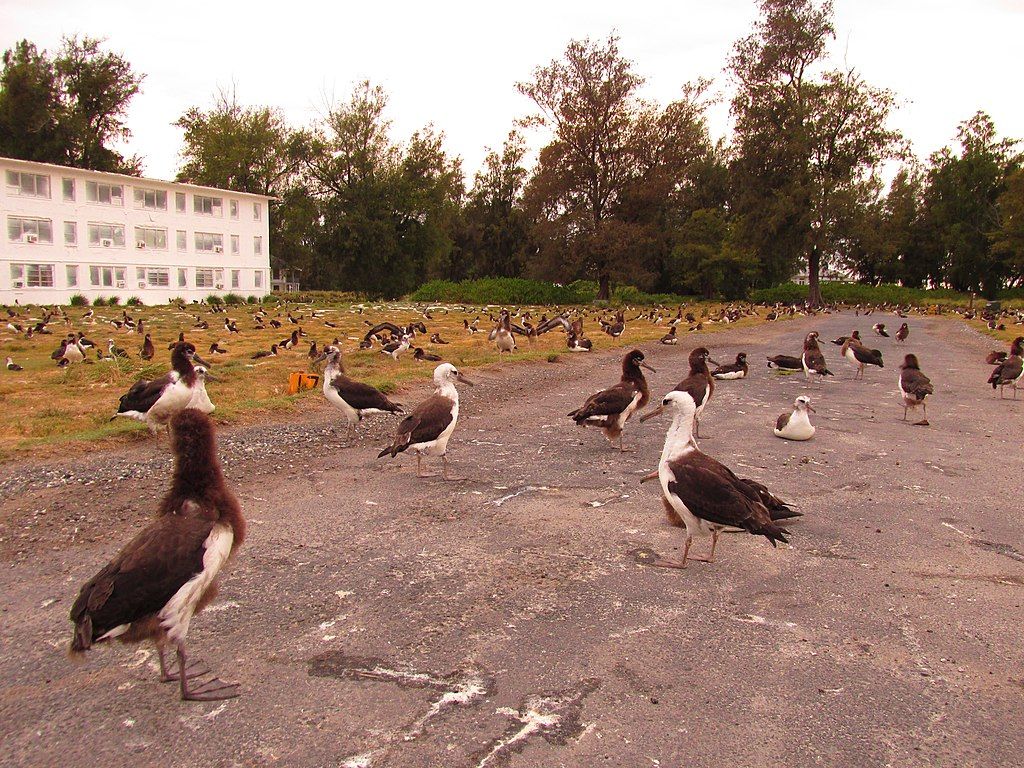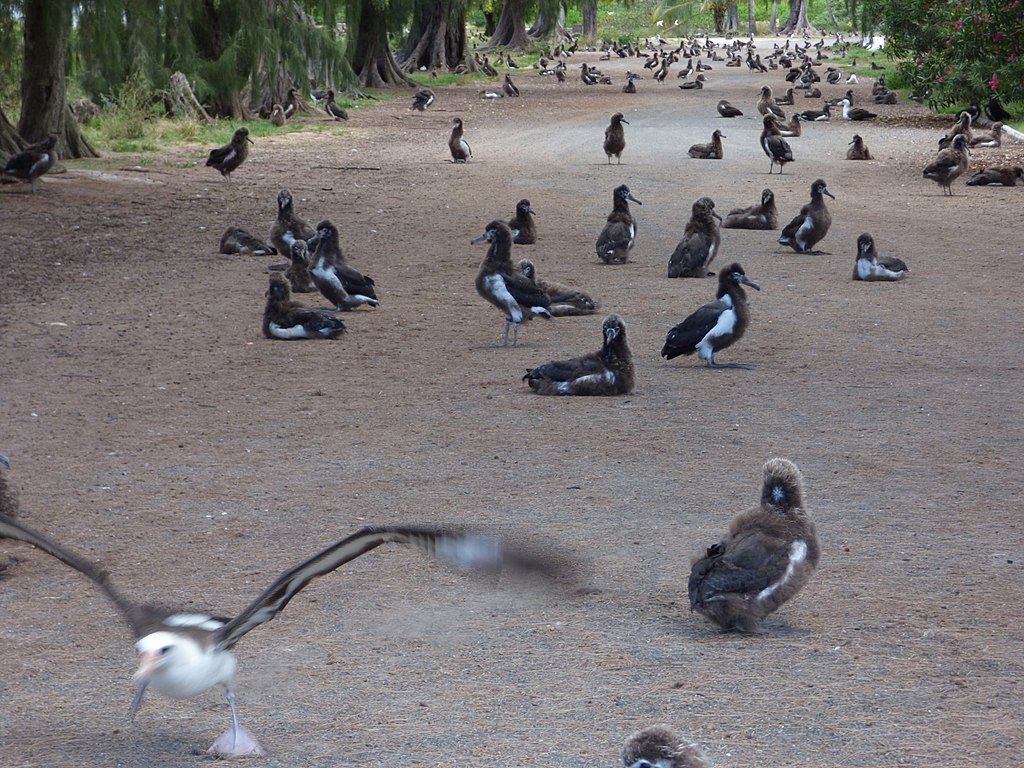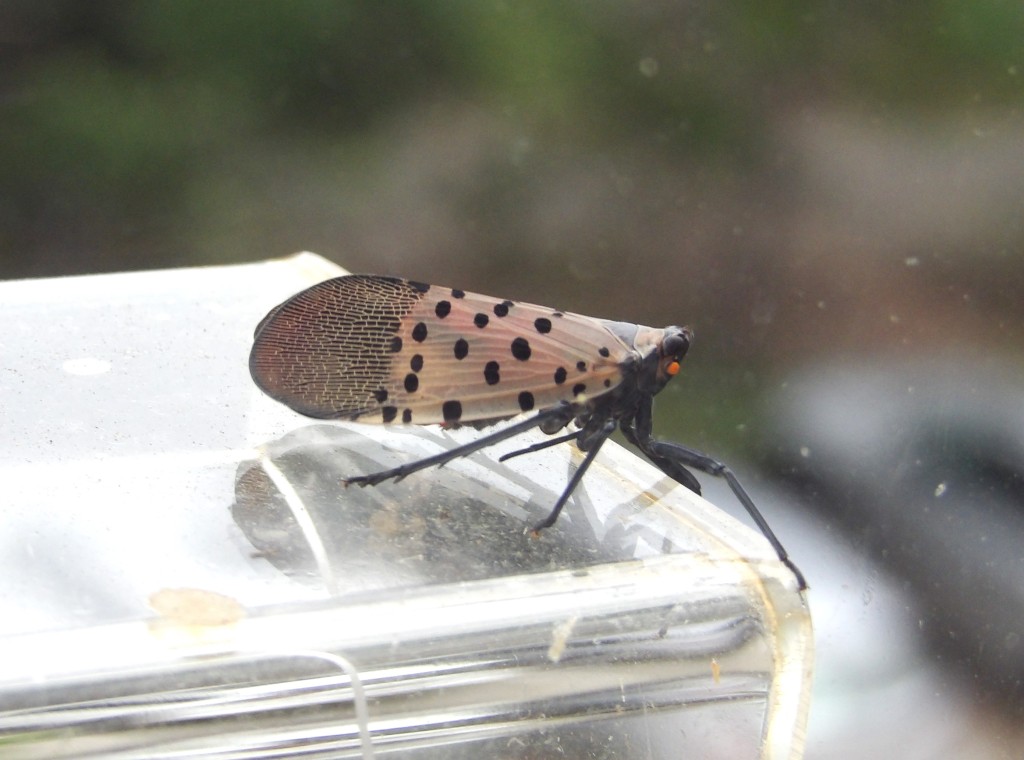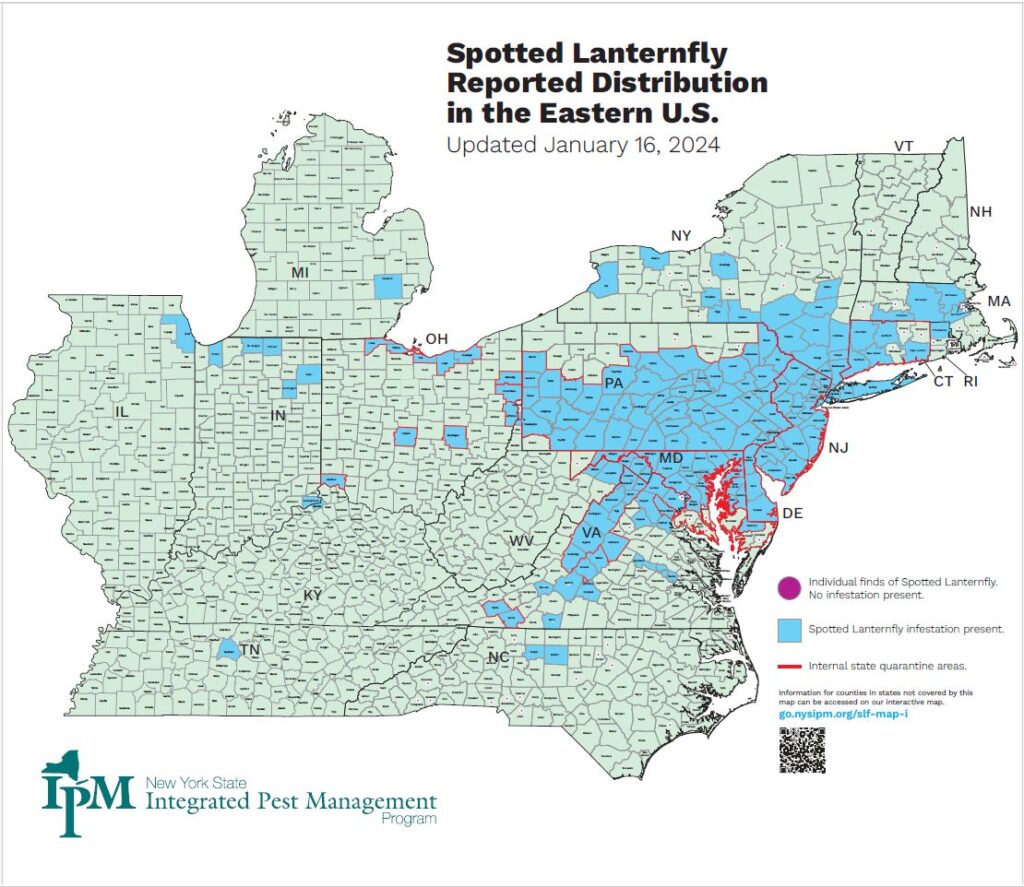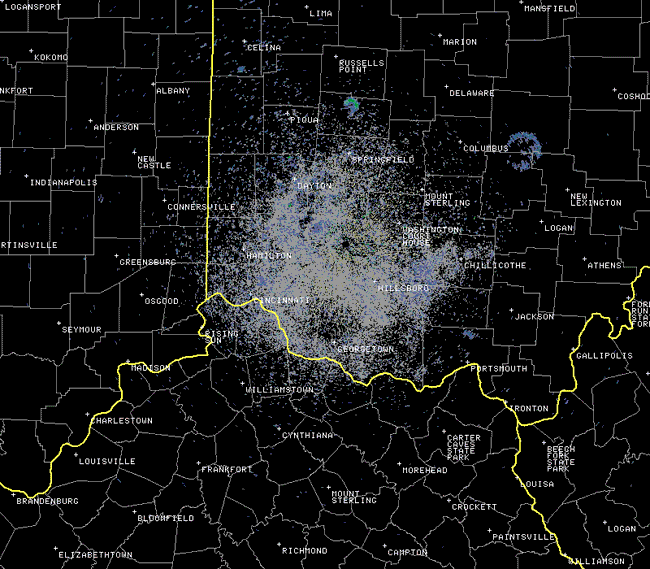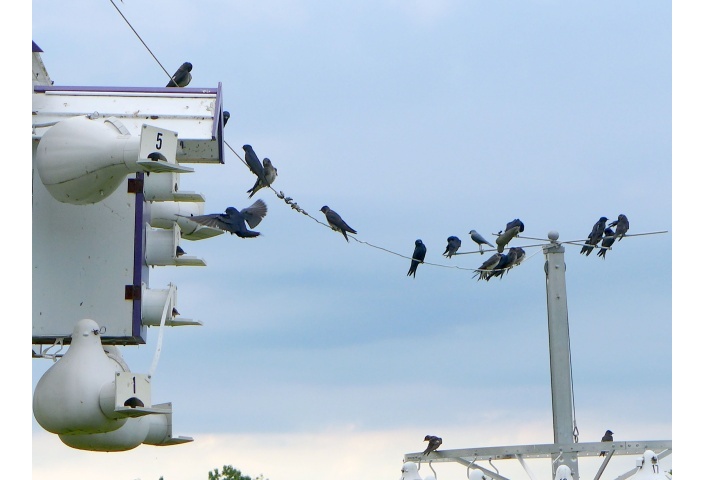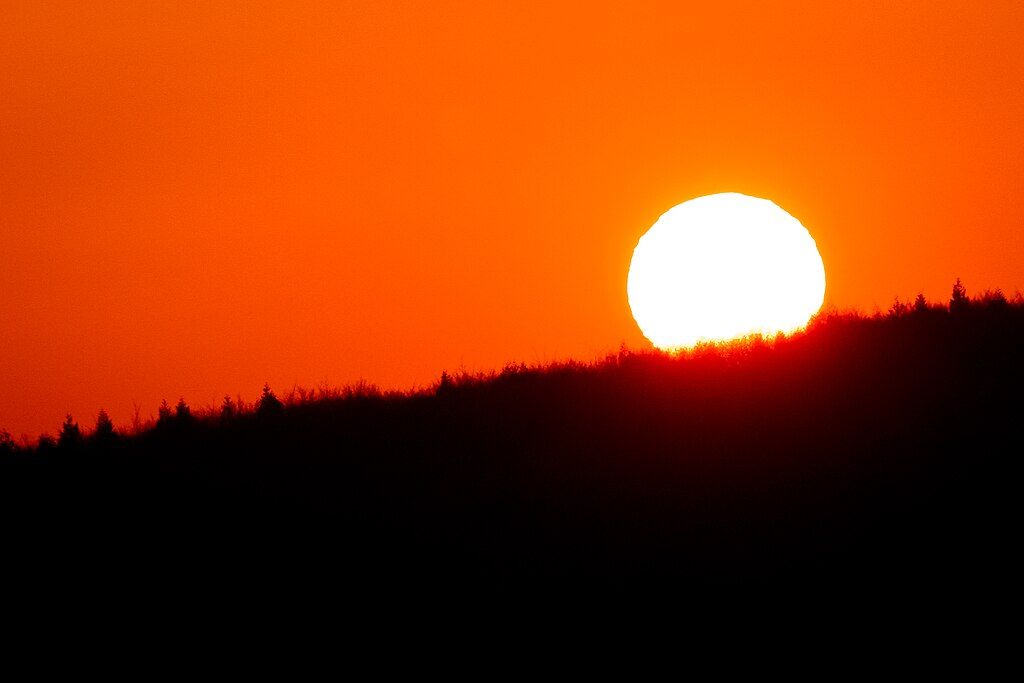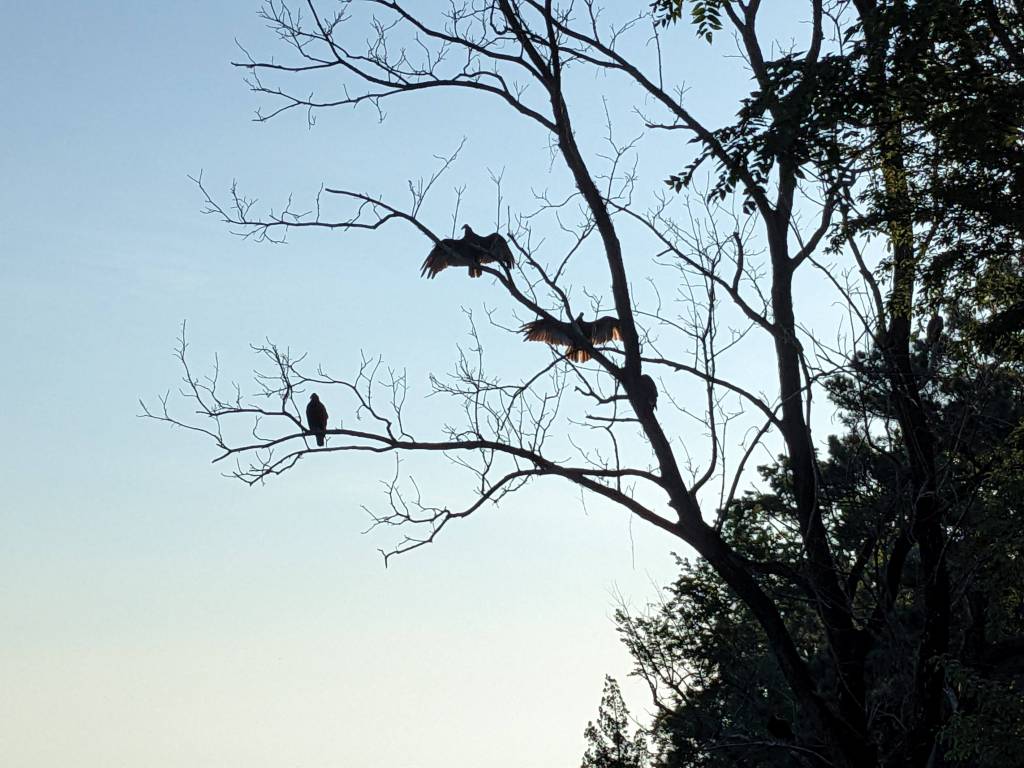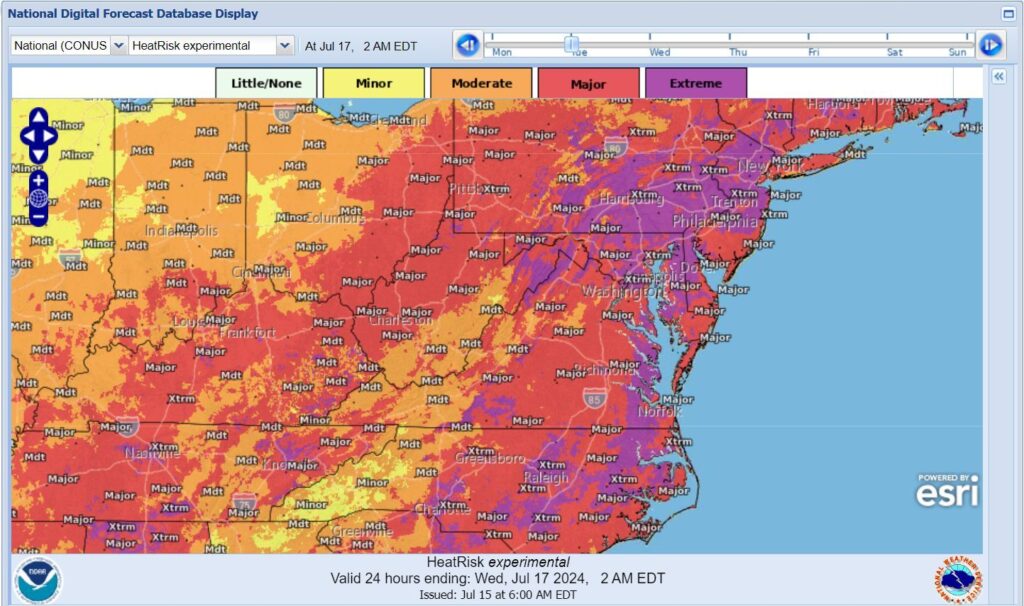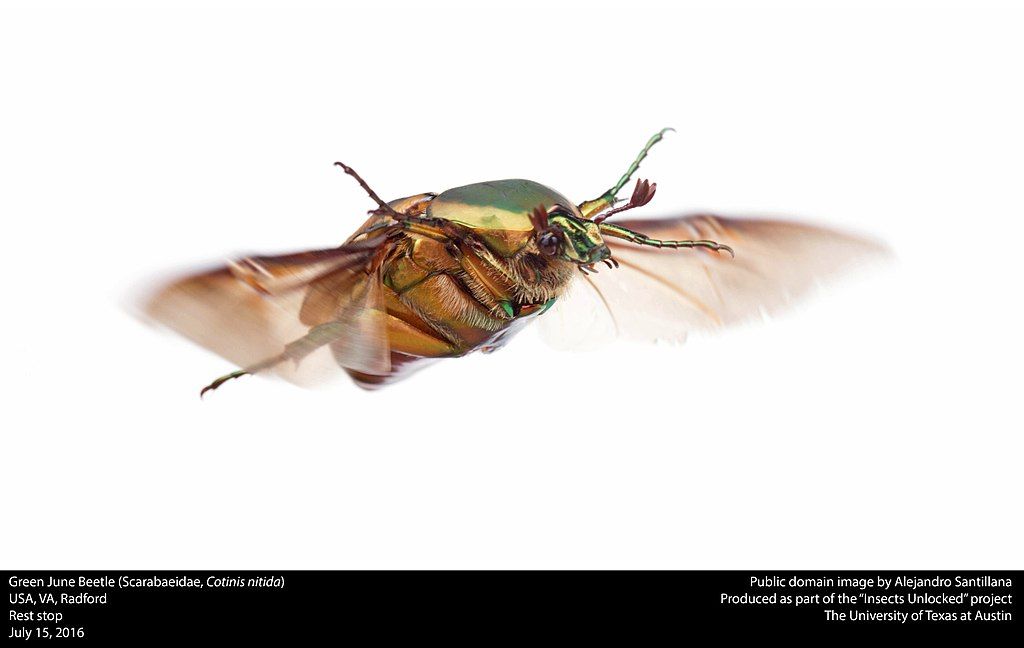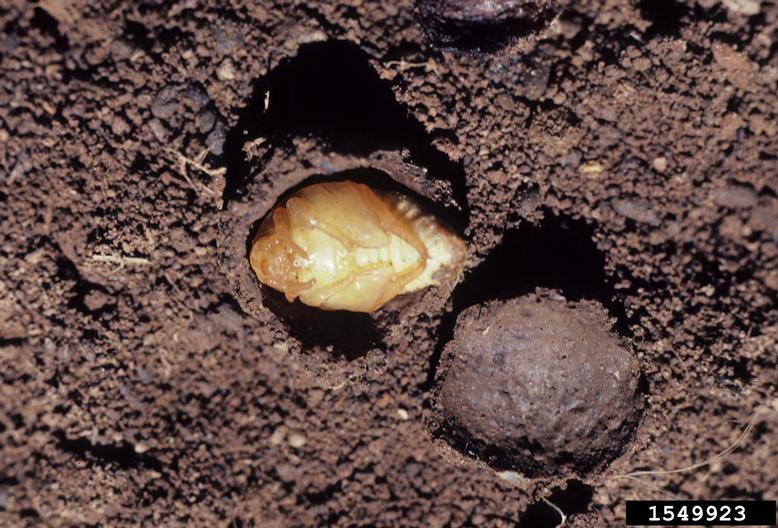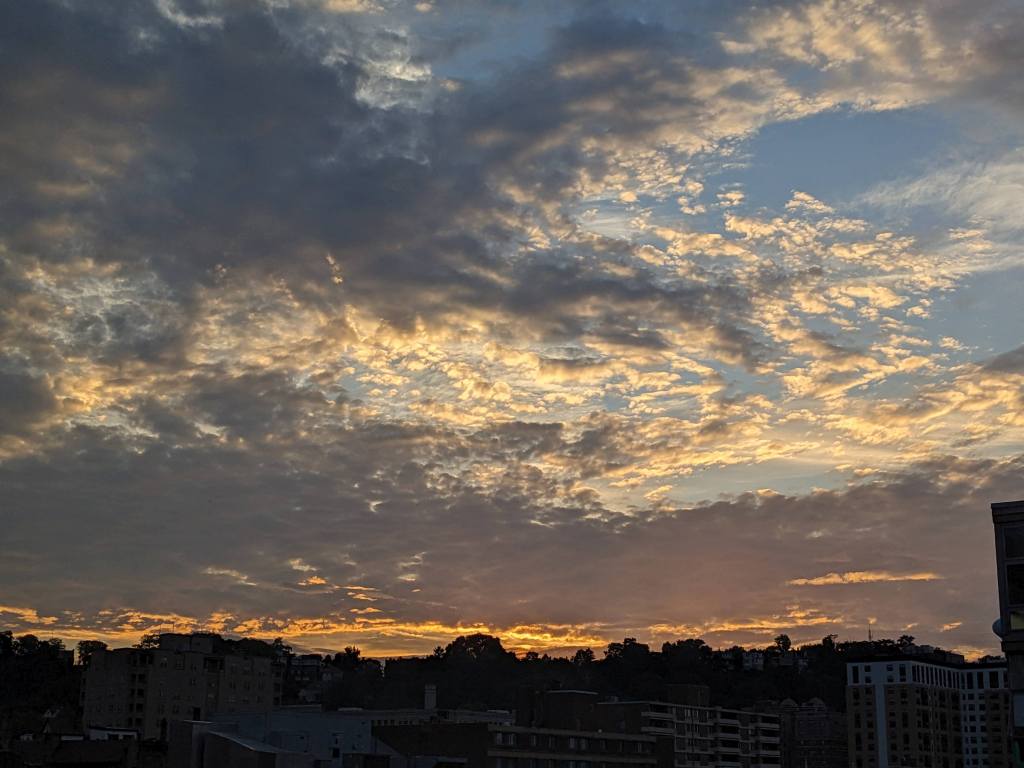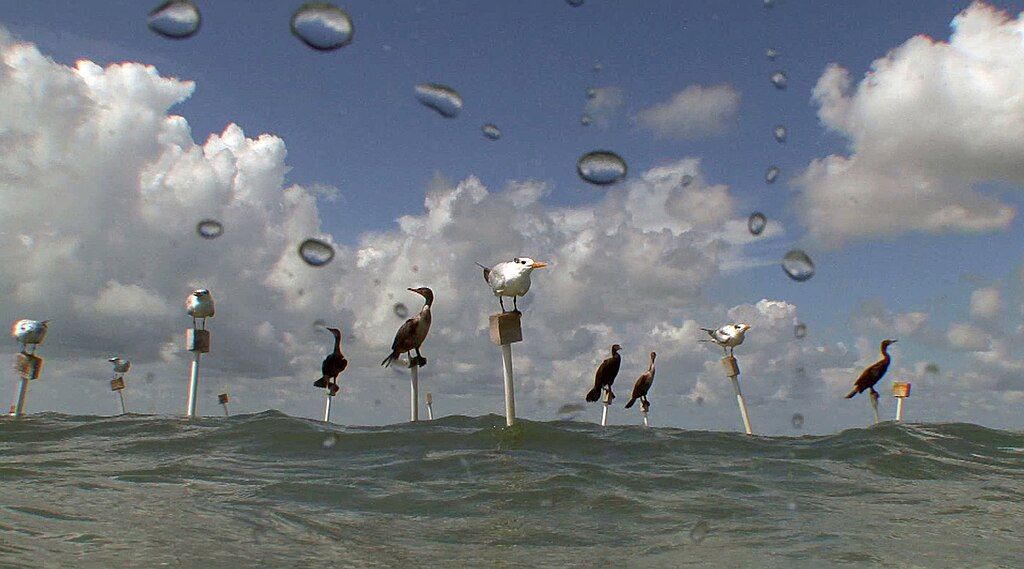
21 July 2024
How do you restore a damaged seagrass bed? Get birds to come to the party! Biologists in Florida Keys National Marine Sanctuary place T-shaped PVC stakes in seagrass beds that have been scarred by boat propellers. These stakes serve as perches to attract terns, gulls, and other birds, which produce guano droppings that are rich in nutrients — which in turn help speed regrowth of seagrass in the barren area!
— description of the photo on Wikimedia
In Florida’s shallow waters, the seagrass meadows that host abundant wildlife are damaged when boat propellers pass through them. Propellers leave a permanent scar that cannot regrow on its own. (See scars in two embedded photos below).


When the seagrass declines, so do fish and wildlife. This problem is so important to Florida that the state imposes fines on boaters who damage it and has tasked the Office of Resilience and Coastal Protections (RCP) to restore the seagrass beds.
RCP takes a two-pronged approach to restoration. The first step is to raise awareness among boaters and post signs so that they stay away from the seagrass beds.
The second step is to restore the propeller scars so the grass can regrow within the cuts. At St. Martins Marsh Aquatic Preserve:
RCP has partnered with the UF/IFAS Nature Coast Biological Station to stabilize and restore prop scars with sediment tubes. Sediment tubes accomplish this by returning the scarred areas to ambient elevations, preventing additional erosion and scouring by water currents, and protecting rhizomes from excessive sunlight exposure. The technique involves installing biodegradable fabric tubes filled with sediment into scarred areas that biodegrade in about 12 months.
Seagrass beds can be fertilized passively to encourage regrowth through the placement of bird roosting stakes and has been shown to be quite successful, as can be seen in Big Lagoon in Pensacola in Fort Pickens Aquatic Preserve.
— RCP: Florida seagrass Restoration Efforts
Add soil, then add guano.
Read more about propeller scarring in the Tampa Bay Times at: In Tampa Bay, boat propellers have killed seagrass. A new mapping project may help.
.
.
In 2009, the Florida Legislature created a rule to further protect seagrass by imposing fines to boaters who damage seagrass with their boat propellers (Section 253.04(3)(a), Florida Statutes). …
RCP [The Office of Resilience and Coastal Protection] has employed a variety of seagrass restoration methods throughout the state. These projects have been conducted in Charlotte Harbor, Indian River Lagoon, Biscayne Bay, the Big Bend, the Florida Keys, St. Joseph Bay, St. Andrews Bay and Pensacola Bay. Results have been mixed, and RCP is continuing to monitor these projects and work with other researchers to find more effective ways to revegetate the bottom.
